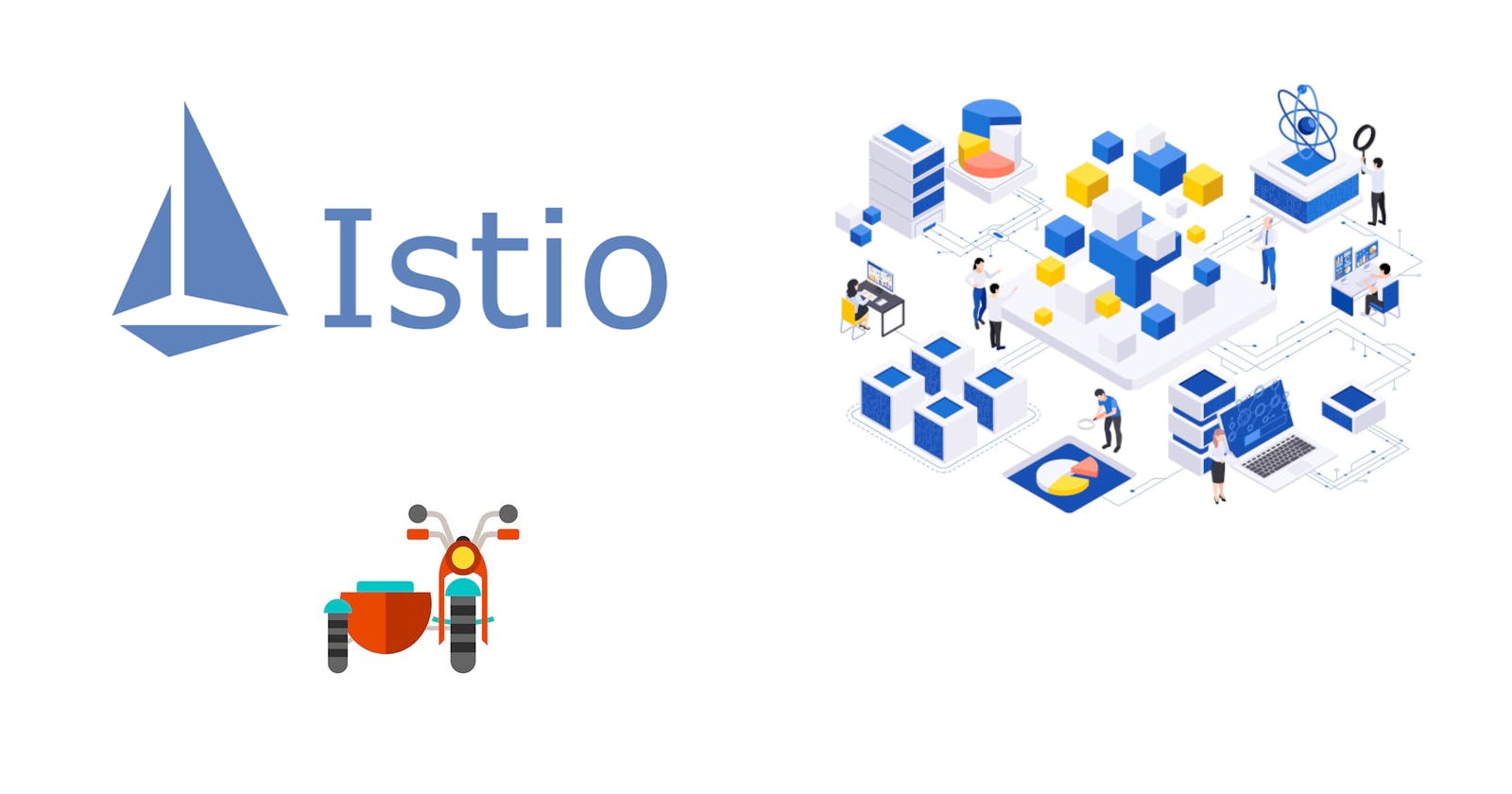Micro-services Series - Istio 101
Empowering Your Cloud-Native Journey: Mastering Service Mesh with Istio
Introduction to Istio
In the realm of micro-services and cloud-native applications, managing communications, security, and observability at scale poses significant challenges. Enter Istio, an open-source service mesh that layers transparently onto existing distributed applications, offering a suite of tools to secure, connect, and monitor services with minimal service code alterations.
What is a Service Mesh?
A service mesh is a dedicated infrastructure layer for handling service-to-service communication in a microservices architecture. It provides critical capabilities like observability, traffic management, and security without requiring changes to the application code. This concept encompasses both the software used to implement such patterns and the network domain created.
The Role of Istio in Modern Applications
Istio simplifies the complexity of managing microservice deployments. By integrating with the application deployment, Istio adds a lightweight proxy, often termed a "sidecar," to each service, intercepting all network communication. This design allows for sophisticated traffic routing, security policies, and telemetry collection without embedding these functionalities into the microservices themselves.
Core Features of Istio
Traffic Management: Istio delivers dynamic traffic management capabilities, including automatic load balancing, fine-grained routing rules, and support for canary deployments. By controlling traffic flow, Istio enables developers to roll out updates safely and optimize service communication paths.
Observability: One of Istio's pillars is its observability features, providing detailed telemetry, logging, and tracing for all service communications. This visibility into the service mesh helps developers and operators troubleshoot issues, understand dependencies, and optimize performance.
Security: Security is a forefront concern in distributed systems. Istio addresses this by automating the encryption of service-to-service communication, enforcing access controls and policies, and enabling mutual TLS for authenticated connections. Its comprehensive security model supports a defense-in-depth strategy, essential for operating in potentially distrusted environments.
How Istio Works
Istio consists of two primary components: the data plane and the control plane.
Data Plane: Made up of sidecar proxies (Envoy) deployed alongside each service, the data plane intercepts and manages network traffic between services.
Control Plane: Acts as the brains of the service mesh, translating high-level routing rules into low-level configurations applied by the proxies. It dynamically programs the proxies as the service topology or policies change.
Top 5 use cases for Istio:
Secure Service-to-Service Communication: Istio enhances security within the service mesh by automatically encrypting data in transit, providing strong identity-based authentication, and enabling authorization policies to control access between services. This use case is crucial for organizations looking to safeguard sensitive data and ensure that communications between services are confidential and tamper-proof.
Advanced Traffic Management: With Istio, operators can easily implement advanced traffic management strategies such as A/B testing, canary deployments, and staged rollouts with percentage-based traffic splits. This allows for safer software releases, by gradually introducing changes to a subset of users before rolling them out widely. Istio’s rich routing rules help in managing traffic flow, retries, failovers, and fault injections efficiently.
Observability and Monitoring: Istio provides deep insights into the behavior of services within the mesh. It automatically collects metrics, logs, and traces for all communications, enabling operators to monitor the health and performance of services in real time. This use case is essential for identifying issues quickly, understanding dependencies, and optimizing service performance.
Automatic Load Balancing: Istio simplifies load balancing with out-of-the-box support for HTTP, gRPC, WebSocket, and TCP traffic. This feature distributes incoming service traffic across multiple instances of a service, improving resource utilization and responsiveness. Automatic load balancing is key to handling varying loads and ensuring high availability and scalability of services.
Enforcing Policies and Rate Limiting: With Istio, operators can enforce organizational policies and apply rate limits at the edge of the service mesh. This allows for better control over resource allocation and protects services from being overwhelmed by too many requests. Rate limiting and access control policies are crucial for maintaining service stability and preventing abuse.
Benefits of Adopting Istio
Organizations that implement Istio can expect numerous benefits, including improved security, enhanced observability, and more efficient traffic management. Istio's ability to enforce policies and gather metrics at the edge of each service interaction allows for a more granular understanding and control of the application environment, facilitating smoother operations and development practices.
Challenges and Considerations
While Istio offers substantial benefits, organizations should consider its complexity and overhead. Deploying a service mesh introduces new components to manage and monitor, requiring a solid understanding of Istio's architecture and best practices for a successful implementation.
Conclusion
Istio represents a significant advancement in the way services are connected, secured, and observed. As applications grow in complexity and scale, adopting solutions like Istio becomes crucial for ensuring resilience, performance, and security. By abstracting the common challenges of distributed systems into a unified service mesh, Istio empowers organizations to focus on building features that add direct value to their users, confident in the reliability and robustness of their underlying infrastructure.
Expansion and Future Directions
Looking forward, Istio continues to evolve, with contributions from a vibrant community and backing from leading technology companies. Future versions promise even greater ease of use, performance improvements, and enhanced security features, ensuring Istio remains at the forefront of service mesh technology.
References -

